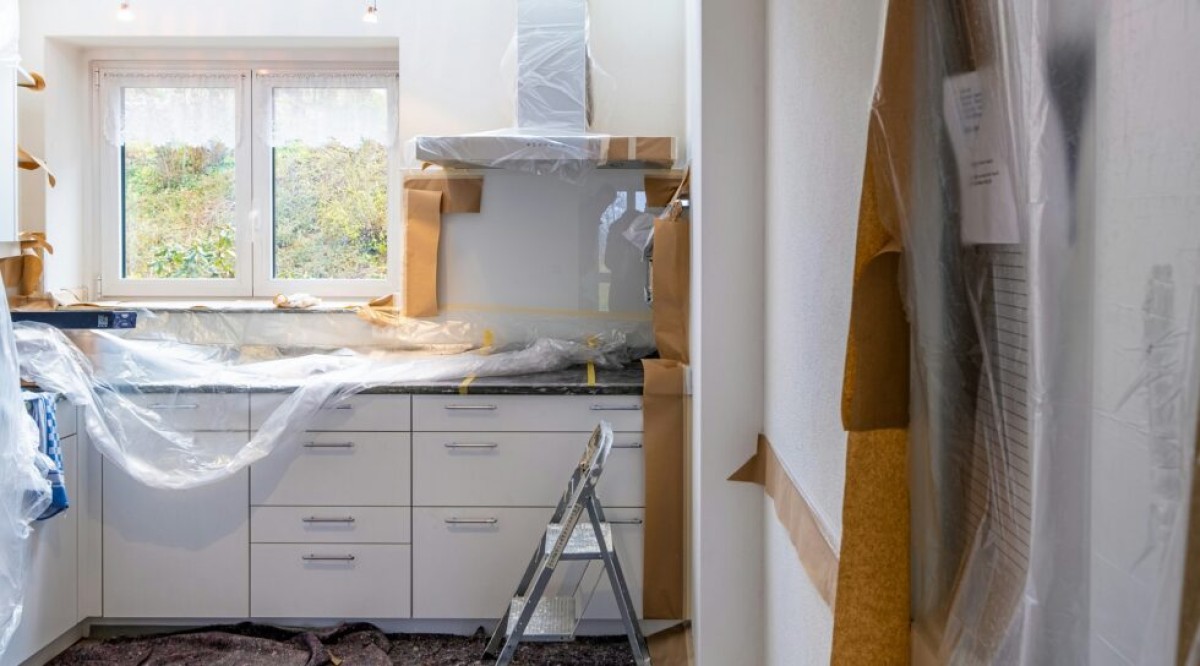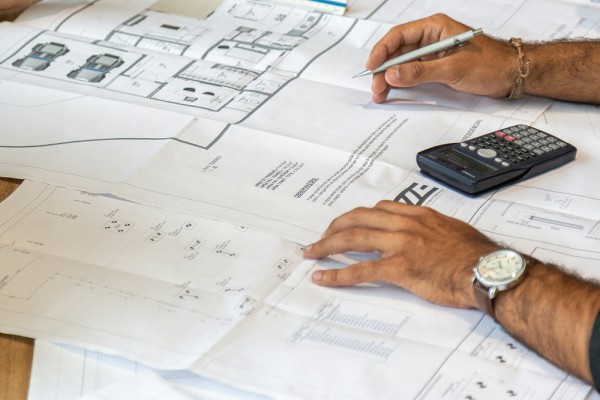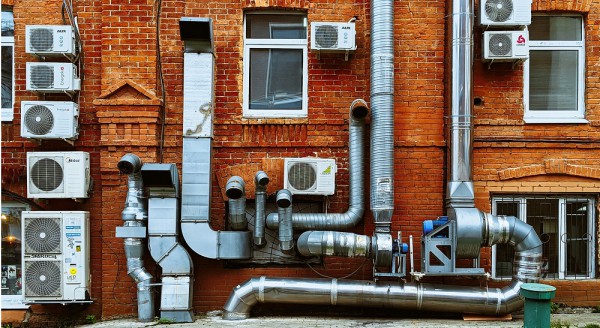Building Code Changes & What They Mean for Ventilation

The Building Code lays out the rules for the construction industry in New Zealand. This year saw the final stage in “one of the biggest energy efficiency updates to the Building Code in more than a decade”.
That means it’s time for building companies and property managers to get familiar with H1. With current Building Codes feeling a little outdated, it was time to welcome a more energy-efficient way to build homes.

What’s happening with H1?
An updated Building Code standard, H1 focuses on increasing insulation levels for more airtight homes. Basically, this traps more air indoors, creating warmer, drier and healthier buildings that cost less to heat. This improved energy efficiency should generate carbon savings, which the environment loves.
The new insulation requirements apply to roofs, walls, floors, windows, doors and skylights. Commercial buildings will also have to follow a new compliance pathway for heating, ventilating and air conditioning (HVAC) systems.
And, while the Building Code is easy to follow (and a requirement as per The Building Act 2004) for new building work, things get a little more complex when it comes to modifying existing buildings.
What does that mean for you?
The new code will up the cost of building but also provide more energy-efficient homes in New Zealand. It’s estimated that the energy needed to heat homes will be reduced by up to 40%.
But what if that’s not enough?
An airtight home sounds good on the surface – and comes with all sorts of benefits – but has limitations when it comes to natural ventilation. Natural ventilation is all about keeping a home ventilated by the natural movement of air, such as through vents, air bricks or just by opening a window. Some of these solutions may no longer be enough, and opening a window isn’t always a suitable option, particularly during winter.
An airtight home without adequate ventilation traps warm air inside. Warm air holds more moisture than cool air and can drive up relative humidity, which can trigger more dampness-mediated allergens, higher airborne Penicillium levels and dust mites. Relative humidity (RH) is the ratio of the current absolute humidity to the highest possible absolute humidity, and is the most common measure of humidity.
To overcome this, airtight homes are made healthier and safer with mechanical ventilation installed. Mechanical ventilation systems extract old, stale air and draw in clean, filtered air from outside.

What ventilation requirements are in place?
Housing, communal residential, communal non-residential assembly care and commercial buildings are required to have “windows, doors, vents or other building elements that allow significant movement of air” installed in new builds.
Builds should also take into account the control of solar heat gains to prevent overheating. Part of this includes making sure a building can be ventilated at a sufficient rate to keep indoor temperatures comfortable, even in summer.
As we mentioned, ventilation systems become even more essential in airtight homes. Right now, the only clear requirement for mechanical ventilation for fresh air is in commercial buildings. The best ventilation system for a new home is an mechanically ventilated heat recovery (MVHR) system. These systems are intended to improve energy efficiency, with building owners having access to live information about their air quality and systems designed to automatically respond to changes in air quality So, they can be sure it uses energy efficiently.
Even with the new H1 Building Code in place, residential buildings aren’t required to house mechanical ventilation — a decision that could prove detrimental to the health of homes and people across New Zealand.
Find the best ventilation system for your property
Homeowners and commercial property managers/owners can keep their space fresh and healthy with our range of ventilation systems. Gain control over your entire system to manage humidity and temperature indoors.